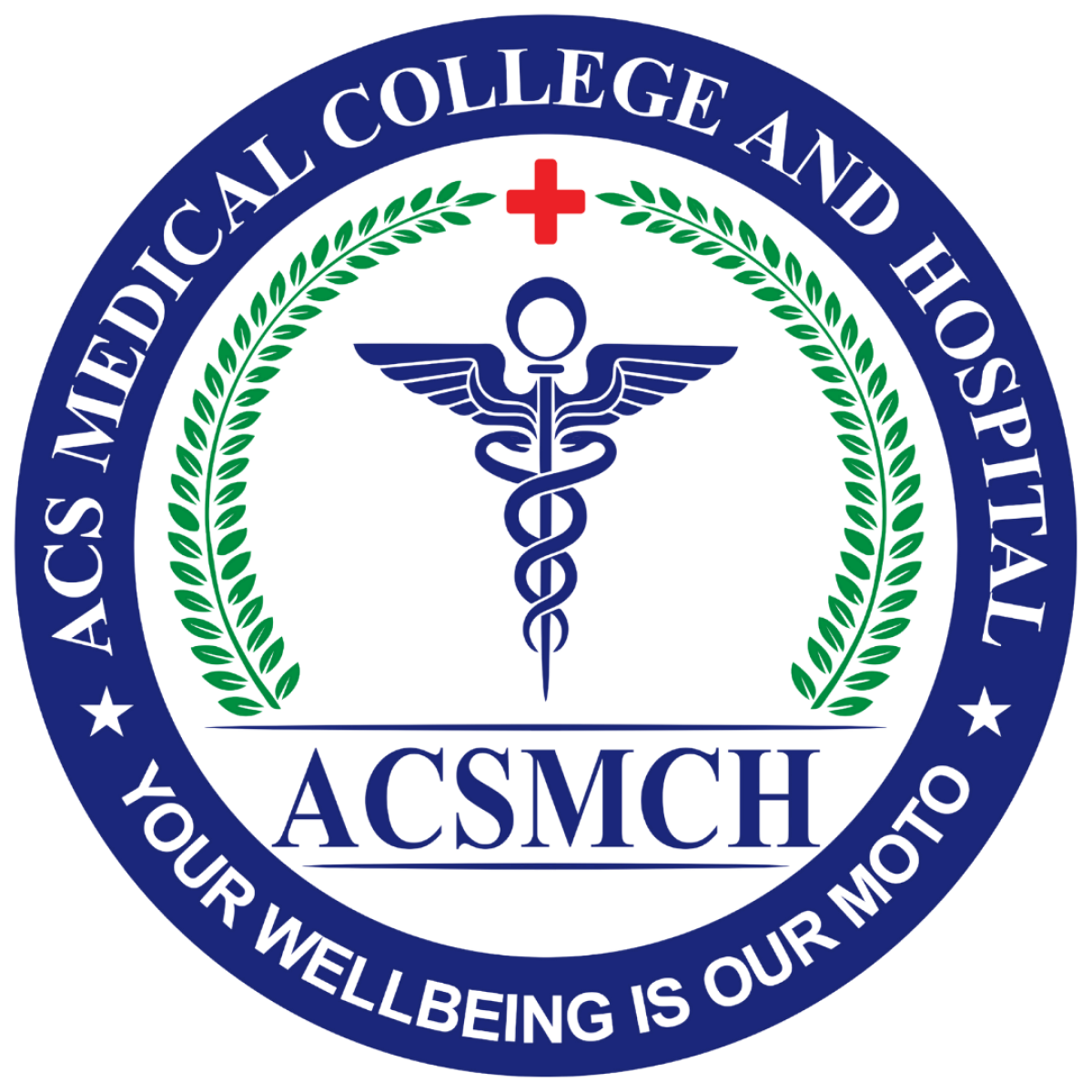Antimicrobial treatments are essential for managing infections caused by bacteria, viruses, fungi, and parasites. These treatments are classified based on the type of microorganism targeted. Antibiotics combat bacterial infections by inhibiting vital processes such as cell wall synthesis or protein production. Common classes include penicillins, cephalosporins, macrolides, and fluoroquinolones, with newer therapies addressing antibiotic-resistant strains. Antiviral drugs focus on halting viral replication, entry, or assembly; examples include acyclovir for herpes, oseltamivir for influenza, and direct-acting antivirals (DAAs) for hepatitis C. Antifungal agents, such as azoles and polyenes, are effective against fungal infections by disrupting fungal cell membranes or enzymes, though resistance is an emerging concern. Antiparasitic agents, including antimalarials like artemisinin and anthelmintics like albendazole, target parasitic organisms.
Emerging approaches to antimicrobial therapy include phage therapy, which uses viruses to kill resistant bacteria, and nanotechnology for precise drug delivery. Host-directed therapies and probiotics are gaining traction as supportive treatments. However, antimicrobial resistance (AMR) poses a significant challenge globally, driven by overuse, misuse, and insufficient new drug development. To mitigate this, antimicrobial stewardship programs are crucial in optimizing drug use.
Proper diagnosis, including culture and sensitivity testing, is critical to ensure effective treatment and reduce unnecessary exposure to antimicrobials. Treatment duration and dosage are tailored to infection severity and patient-specific factors, with attention to potential side effects such as gastrointestinal disturbances or organ toxicity. Advances in research, such as CRISPR-based therapies and antimicrobial peptides, hold promise for the future. Together, these strategies aim to control infections, reduce resistance, and improve patient outcomes.
